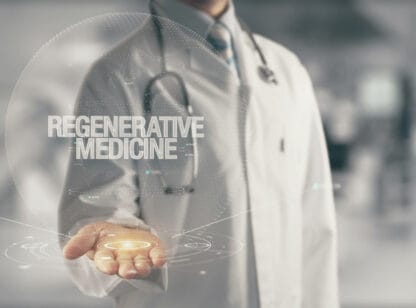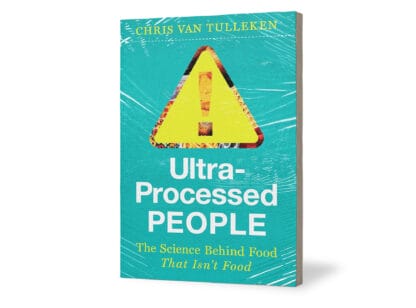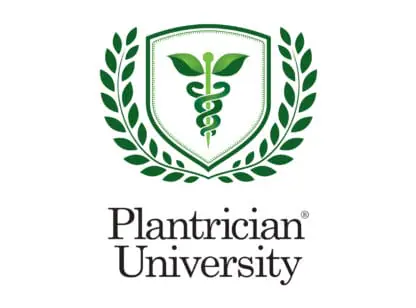Painful bladder syndromes are very complex and often poorly understood. Yet, they are a significant public health concern and contribute substantially to health costs and poor quality of life.
Painful bladder symptoms may include frequency, burning, and urgency to urinate as well as pelvic pain and interference with sexual function. The most severe of the painful bladder syndromes is interstitial cystitis (IC) which is a dreadful condition that has no effective treatment and no known cure. It occurs mostly in women and affects 8-12 million Americans. Patients who have IC often describe it as a “severe urinary tract infection that never goes away.” Cultures and routine testing often fail to yield a cause for the problem and the average time from onset of symptoms until diagnosis is four years. Subsequently, many patients suffer silently from IC which is known for its profound and devastating effect on the health and quality of victims’ lives.
The exact cause of IC is unknown. One common and compelling theory suggests that the defect appears to be related to an insufficient lining to the bladder wall made from glycosaminoglycan (GAG) and known as the “barrier.” When the barrier is deficient, the bladder is exposed to acidic urine which has a toxic effect on the bladder lining.
Currently one of the only FDA-approved pharmacological treatments is oral Elmiron, a weak analog of heparin and one of the GAGs. It is commonly considered that the active agent in this drug helps form a new barrier; however, Elmiron has shown no significant benefit over placebo in most modern trials.
Many clinicians will use heparin-like agents mixed with steroids and anesthetics placed into the bladder as an instillation. Another treatment offered is bladder hydro-distension which is the forcible administration of water into the bladder under anesthesia to stretch the lining. Unfortunately, this is harmful in many cases. Other interventions include diet modification, behavioral therapy, physical therapy, and neuromodulation. Surgical treatments can include laser eradication of mucosal lesions and ulcers, spot injections of lesions, and even partial or total bladder removal.
Most of the current management of IC focuses on pain management; however, some researchers are attempting to repair the problem on a cellular basis by introducing growth factors that signal GAG formation, or using immunosuppressive agents to mitigate IC. California Stem Cell Treatment Center has been studying IC to evaluate the effects of autologous fat-derived stem cells. They have used cell therapy on an investigational basis to mitigate IC symptoms in 51 patients. The stem cells are used systemically to modulate the immune system and also regionally to heal the bladder and pelvic floor.
Their data was presented at the Western Section American Urologic Association meetings in 2013 and 2015. Results indicate that pelvic pain scores decreased from an average of 7.2 to 2.9 (on a scale of 1-10) and more than 4 out of 5 patients had a 50% or more decrease in bladder symptoms of frequency, urgency, and burning.
Stem cells from fat continue to show clinical efficacy in many degenerative, inflammatory and auto-immune conditions.
Elliot B. Lander, MD, FACS, is co-founder and medical director of The Cell Surgical Network® and Medical Director of the California Stem Cell Treatment Center in Rancho Mirage and Beverly Hills. For more information on stem cells visit
www.stemcellrevolution.com or call (800) 231.0407.





































Comments (0)